How can you know for sure a website has been penalized by Google? Quick answer: you can’t unless Google has informed you of a Google penalty via the Google Search Console.
If your website has had a manual Google review and they determined your site breaks the Google webmaster guidelines, you should see why your site is penalized in Google under your Google Search Console.
"Security & Manual Actions" >> "Manual Actions"
Let’s take a look at what MANY webmasters fret about, the Google Sandbox Penalty.
When is a Google Penalty not a Google Penalty?
A lot has been written about the Google Sandbox effect, but much of it is based on early reports of what webmasters thought was a downgrading of a website that was just beginning to do well.
Many webmasters concluded from this traffic drop that Google was giving their new websites some good rankings so other webmasters could find their content to link to it and after a short test period of good Google rankings for being a new site the rankings drop.
The SEO theory was if the content was great that short test period of good rankings would be enough to generate enough backlinks to give it a start on the journey to long term rankings in Google.
Sounds plausible/logical, but it’s total rubbish, for starters Google doesn’t give new websites an early boost, if that were the case we’d see webmasters creating new domains to put old content on for this temporary traffic boost.
As you’ll see after reading this article the drop in rankings was not as these webmasters first thought a Google penalty, but the side effect of a new Google algorithm, they were unlucky to have new websites at the wrong time.
For starters lets determine what’s normal Google ups and downs in SERPs and what’s actually being in the sandbox or some sort of Google penalty.
What’s NOT a Google Penalty?
If you’ve got a new site and after a few months from going live your seeing a steady 40 visitors a day from Google and it drops to 20 visitors a day, this is not the Google sandbox effect, this isn’t even a Google penalty.
A drop from 40 to 20 visitors a day is not a big drop, but webmasters will state they lost half their Google traffic overnight and that sounds like an awful SEO penalty! The website probably lost SERPs, (very easy to do with a new site) happens all the time, you don’t notice it as much when you have 1,000+ visitors a day, but when on only 40 visitors a day the loss of a few SERPs (one SERP) is really noticeable.
You’ve got an old website that’s ranked well for years and it suddenly looses Google traffic for no obvious reason, this again is not the Google sandbox effect, Google has either changed it’s algorithm (AGAIN!) and you’ve been hit bad or something else has gone wrong (maybe you lost some important backlinks) or maybe it is a penalty, but it’s not the sandbox.
Is Your Site in the Google Sandbox?
You have a sandboxed website when you have a relatively new site or an old site that’s never gained quality links (low PR) and despite adding enough links to rank well for several months (these are quality links) and having good on page optimization the websites not ranking for any semi-competitive SERPs: basically Google rankings are barely moving, feel like they are stuck in the sand.
Google Slow Traffic Growth is Normal
If someone wants to jump in and say, but my new site was ranking really well after a couple of weeks then dropped like a stone, please post your traffic details, because I can practically guarantee your going to come out with low visitor numbers and that does not = the start of a well ranked website.
Have you started a modest sized website from scratch recently (newly registered domain) and in under 3 months seen over 1,000 unique visitors a day from Google organic web search?
I used to be able to do this with ease, now it’s damn hard and needs sites with several thousand webpages of unique content: basically each webpage pulls in a visitor or two a day, (if your lucky and in a high traffic niche) not a single semi-competitive SERP amongst them, so if this was a 20 webpage website you’d be seeing ~20 visitors a day, 1,000 page site ~1,000 visitors a day, so you are gaining traffic through quantity of content and very easy SERPs (long tail SERPs), not a small number of well ranked webpages generating hard SERPs.
Is the Sandbox a Google Penalty?
All websites start in what has been called the Google Sandbox, unfortunately there’s a lot of misinformation about what it is and many think it’s a Google penalty.
I have created and worked on over a thousand domains, some before and many after and a handful during the time the Google sandbox effect came to light. So I have a lot of data on how new sites rank in Google.
The Google Sandbox Effect Does NOT Exist
I have rarely seen what was originally called the Google sandbox effect, have you?
Newish website (not too big, so not thousands of webpages) started to get good rankings (meaning some semi-competitive SERPs = decent traffic numbers, in the hundreds not tens of visitors a day) then wham, traffic drops to barely anything (under 50 visitors a day) and takes months before it starts climbing again.
That was the original description of the Google sandbox and many webmasters got hit with this traffic drop when this effect first came to light, but I’ve not seen this since.
What I am reasonably confident has happened is Google changed the way links passed SEO benefit and the sites that had just begun to do well in the old Google algorithm dropped like a stone in the new Google algorithm.
It’s analogous to having a sloping beach and when your out the sea (above the tide line) your doing well, in the water your not.
Before the time of the sandbox effect being reported by thousands of webmasters the tide was low, Google made an algorithm change and not only did the tide rise, but the beach front moved a few hundred feet inland swamping websites that had just started to do well.
Since the tide never went back out new sites that are in the ‘sea’ have much further to climb up the beach before they reach dry land.
That’s not a bad analogy and fits in with the sandbox: sand, sea etc… :)
Before the change with a strong backlinks campaign you could get a brand new website ranked for semi-competitive SERPs in 3-6 months.
For example I had a site banned (I used to use blackhat SEO techniques) before the sandbox (was getting 8,000 unique visitors a day in a money niche, loosing that website taught me a valuable lesson I’ll tell you!), made a similar site and within 4 months was close to 3,000 unique visitors a day (that doesn’t happen now).
When I use the same SEO techniques today it will take about a year to gain that sort of success due to what the sandbox really is. So what took 3 months to achieve pre sandbox Google algorithm now takes 9+ months post sandbox Google algorithm.
One way of looking at this is new links do not pass full benefit right away, there’s a dampening effect on new links. Before the sandbox effect the link benefit dampening factor lasted around 3 months, but now it’s around 9 months.
I believe Google made this change to combat comment link spammers, at the time of the change link spamming was rampant (and it worked), since comment links on blogs and forums tend to drop deep into the archived pages (usually low PR pages long term) after a month or two the benefit passed from links from popular blogs are not going to effect Google rankings as much if they don’t pass full benefit until they are deeply archived.
How To Climb Out The Sandbox
There’s only one guaranteed way out of the sandbox for a new website and that’s a good links campaign and patience.
Whatever links you add today will not pass full link benefit until around 9 months from now (used to be about 3 months). Unfortunately this means for most new sites to rank well your going to have to wait about a year, since it takes time to gain links to a new website.
Most important thing is to remember the links are growing in power, but not enough to help until around 9 months, so don’t think the sites failed and give up or do something stupid like trying blackhat SEO techniques in desperation.
Keep working on your content and on new backlinks and be confident your website will rank well long term if you’ve got the backlinks and reasonable on page SEO.
Can the Google Sandbox be Avoided?
The sandbox can not be avoided for a new site, but since what we are waiting for is links to age if you can buy an old website with aged backlinks and a reasonable PR home page (PR4 ideally, PR3 minimum) you could cut the waiting period between adding your content to good rankings from at least 9 months to potentially overnight** with the right site.
** It would be overnight for easy SERPs and some semi-competitive SERPs, but even if you bought a website with a PR6 home page since there’s the anchor text of incoming links to a page is important to that pages rankings, your going to be lacking that targeted anchor text.
If you bought a PR6 home page site about “Sandboxes for Children” and wanted it to rank well for “Cheap Mortgages” all the anchor text of the current backlinks will be about Sandboxes and not Cheap Mortgages, so there will be no anchor text supporting the new contents SERPs.
I’d estimate this sort of content change will loose around 30% of an aged websites ranking benefit, still much, much better than starting with a newly registered domain, but not as good as having those links using the right anchor text.
Fortunately internal links anchor text is just as good as anchor text from external links, so if you optimise your internal links you can at least benefit from the link benefit flowing through the site.
Since this link benefit is from aged links your internal links pass full link benefit from day one (there’s no link benefit dampening effect on internal links).
Note: the above is bordering on blackhat SEO, so be smart about the domain you buy and what content you add. Buy a ranked site about cheap Mortgages and add more content about Cheap Mortgages that’s building a quality website. Buy a domain about Children’s Sandboxes, delete the original content and add new content about Cheap Mortgages and you are pushing it.
David Law

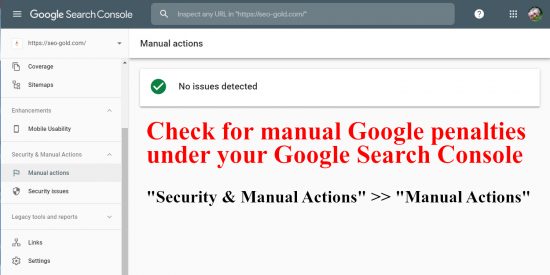
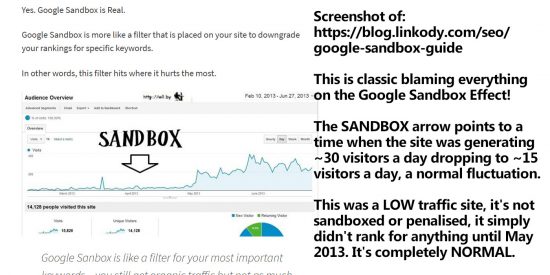
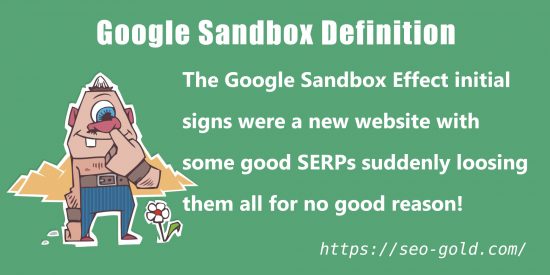

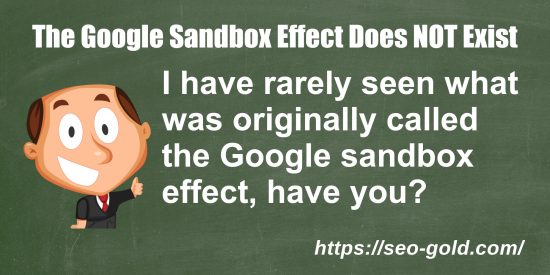

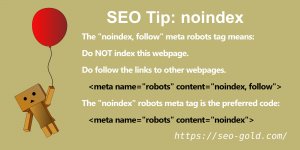


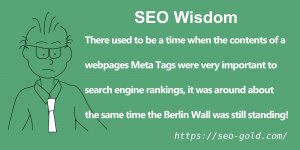
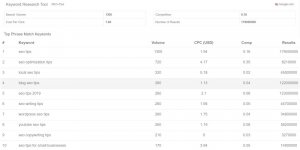

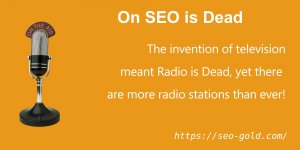
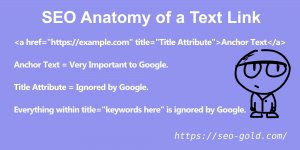



Great explanation of a very mysterious concept.
I didn’t know that internal link anchor text could help – thanks for the tip!
Now I see what is happening to my sites, thanks for the article.
Good explanation. This is why my new site had drop in SERP’s for even low competitive keywords with 100% unique content and pure whitehat seo..
ah google, ever changing company, they just want everyone to use their Adwords of course he-he
hello,
i am an asp net developer but i am new to webmasters world and seo, i listen people speaking about link building all the time. i really don’t know from where in the world you get this links. all the blogs are “nofollow” all the forum pages have really low PR, and google employee posted that links from social networks are not important.
i really don’t know how can you get this links from PR +5 pages. if you have a page pr 5 you wont allow comments on it or will make it nofollow. last joke is “natural links” from the 50 users that google send to my new website what is the ratio of readers who own a 5 pr websites and from them how many will write about me. looooooool
may be buying is the solution of the prof. i don’t know
last thing that i forgot in the last comment. is very fast indexing of a new website (3-7 min ) is considered a good sign??
What is the relation between visit an position on Google!?
Thanks.
Guys why my blog always get sandbox ? and thing make me confused my visitor only source from google. and i dont use anything for invite visitor.
i blogging sience 2010 but my old blog get sandboxed vo visitor left, and yesterday i create new, im posting what the old blog have, and i know it’s new blog, and my no one can found me on search enggine such before, but my visitor source from google search, i dont know who are they but i think the a google bot.
its mean, are they comming and block me with the reason what they done ?